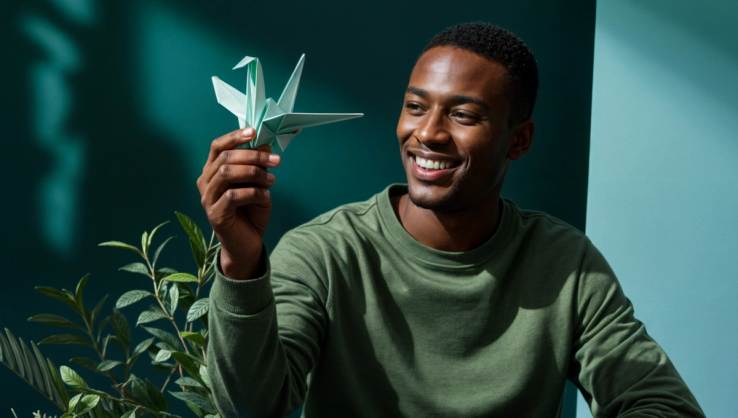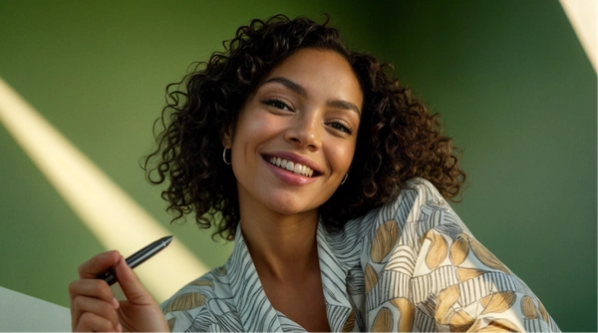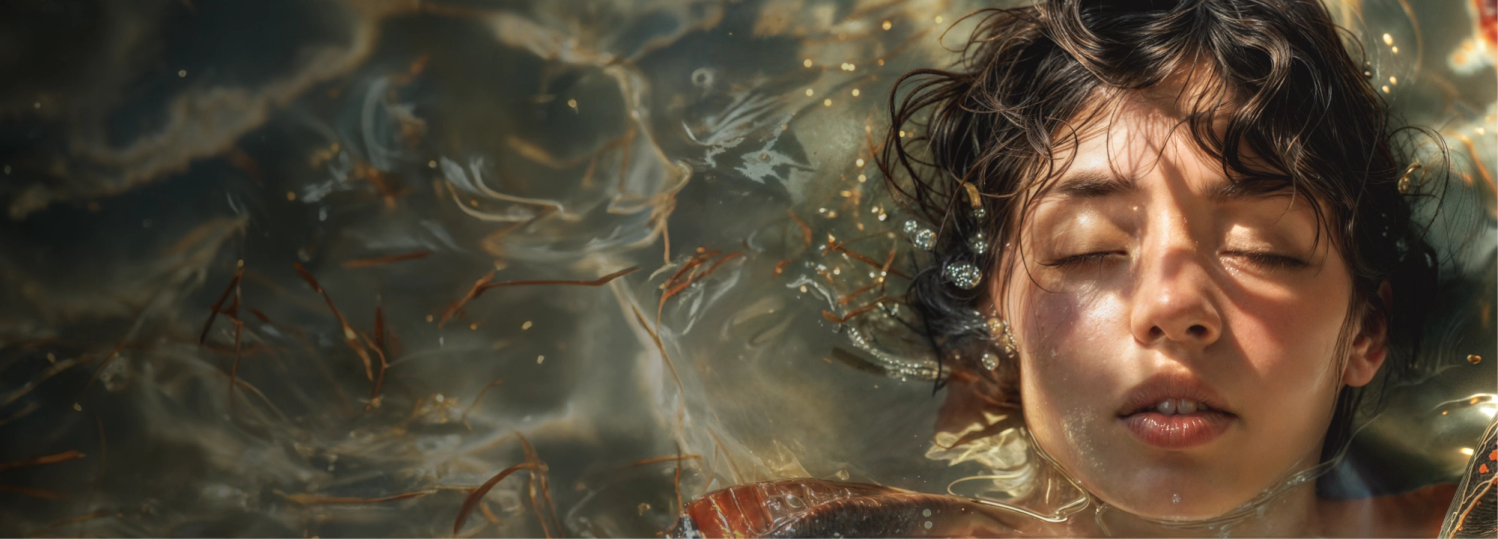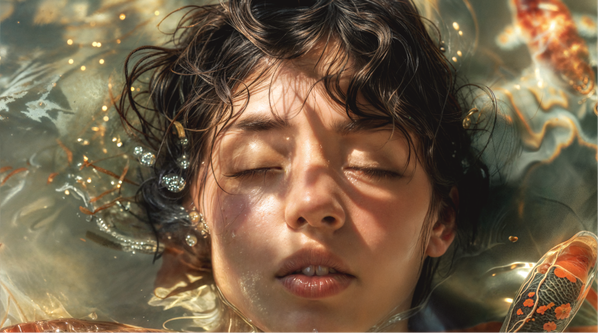
9 Best ChatGPT Use Cases for Creative Work
Published 17 Jan, 2024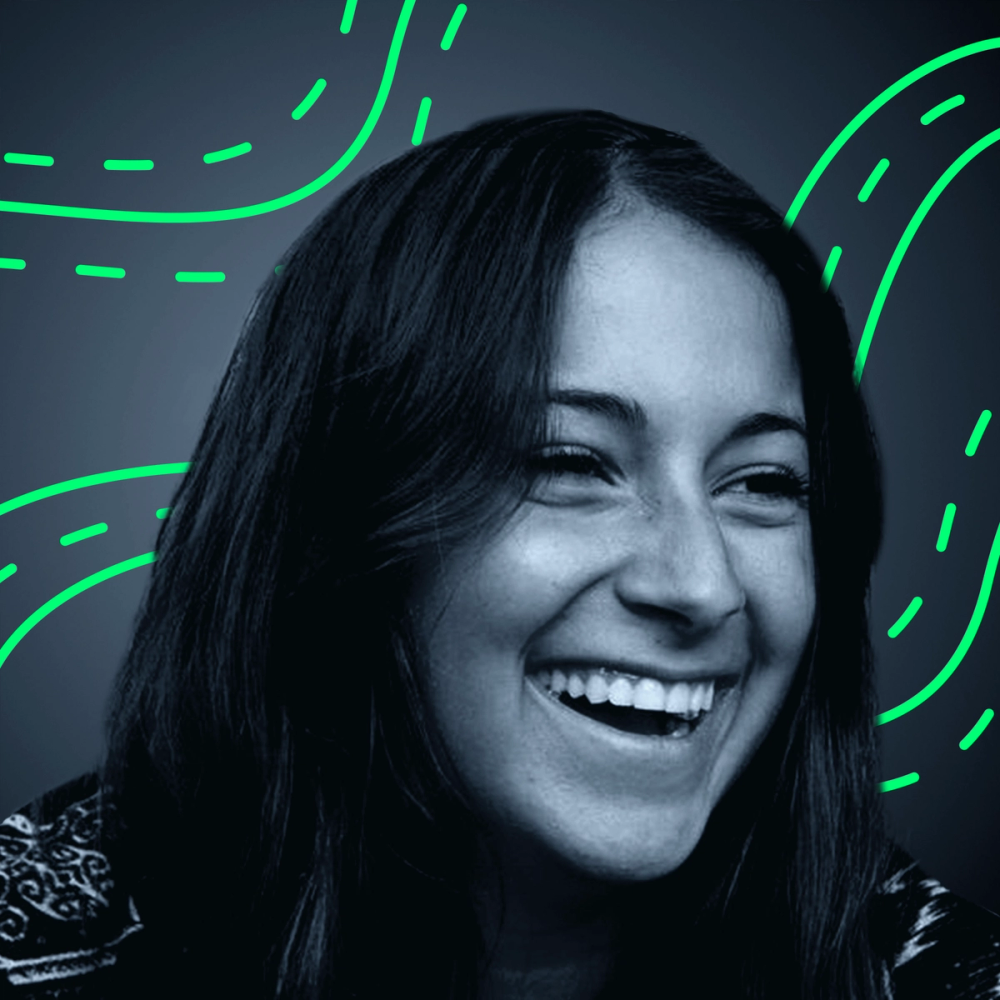
ChatGPT has a reputation as a content tool. But don’t be deceived! There are endless ChatGPT use cases to explore as a creative—all of which can help you move faster, expand your mind and improve your work. Get inspired by nine practical use cases shared by Superside creatives in this article.
When you start a project, whether it’s personal like rearranging your bedroom or professional like kicking off a website redesign, what’s the first thing you do?
Research. Answering questions like:
- What inspires you most for this project?
- What’s your ideal end result?
- What’s the best way to tackle the project?
Things that will ultimately help you decide the who, what, where, when and how.
So, when it comes to getting started with AI, we did a little research for you and put together nine ChatGPT use cases for creatives—all to help you understand what ChatGPT can do, where you can use it, and how to make the most of AI in your design projects.
Curated by our own global network of world-class creatives, these ChatGPT use cases will save you time, spark creativity and simplify communications. Let’s dive in!
What Can You Use ChatGPT for as a Creative?
ChatGPT is no replacement for your creative expertise and experience. But it can become your personal creative collaborator. Just ask Phillip Maggs, Superside’s Creative Director of New Horizons. If he could only use one AI tool for the next month, Maggs would choose ChatGPT and here’s why:
It’s my personal creative collaborator. I use ChatGPT not as a search function, not as a writing function, I use it as a little person I can bounce my ideas off. I create a persona within ChatGPT, someone that will challenge my ideas and challenge my thinking and come back with divergent routes. And nearly always that unlocks something for me.

Suffice to say, ChatGPT can be an incredible tool for creatives for a wide range of reasons, including:
- Creative inspiration: ChatGPT can be a great brainstorming partner. While you can’t (and shouldn’t) expect ChatGPT to come up with the entire concept of a creative project, it can kickstart your thinking and point you in novel directions.
- Prompt improvements: It’s not enough to write basic AI prompts. You need to write great ones to avoid the trap of generic generated content. And you can prompt ChatGPT to help you with your prompts. How’s that for meta?
- Productivity: Think beyond creative work and more about the person behind it (you). ChatGPT can help plan more productive processes across your life, like suggesting how to structure your day or ask for specific feedback to minimize revisions.
And this is just for starters. There are so many areas where AI in design can enable teams to work faster, scale processes and unlock creativity—all without sacrificing the quality and originality designers and other types of creatives bring to the process.
How? Let’s get into some of the best use cases for ChatGPT in creative work.
9 ChatGPT Use Cases for Creatives With Prompts and Examples
1. Improving prompt writing skills
Great creative work starts with a great creative brief. The same concept applies when using AI in design. To get great results, you need to start by writing great prompts. Using ChatGPT, you can tackle learning this skill in two ways:
- By improving your prompt writing skills through trial and error (and practice, of course)
- By having a knowledgeable sounding board at your disposal (ChatGPT)
Of course, you can also leverage ChatGPT to help you work with a specific generative AI platform. For example, you can ask it to generate Midjourney prompts. (More on this a little later on!) But why not start by asking it how to write a good prompt? 😉
Prompt:
How can I structure an AI prompt to generate blog images that are designed in accordance to my brand guidelines?
Result:
Later on in the generated text, ChatGPT even recommended a few specific prompts, including:
- “Generate an image that represents [blog post topic] with a focus on [specific aspect]."
- "Design a visual metaphor for [key concept] using our brand colors and logo."
- "Explore different styles for illustrating [specific theme]."
2. Kickstarting your creative process
ChatGPT can be a great tool to help you with the most difficult part of the creation process: Getting started. Using AI, you can generate ideas for potential creative directions. Even if those ideas aren’t perfect, they can help spark fresh thinking and prevent blank page syndrome.
Think of it as a really accessible (we’re talking 24/7) brainstorming buddy. Just remember to remind ChatGPT who it is! As Maggs touched on, giving ChatGPT a persona when prompting it can lead to better brainstorming. That’s because it directs the AI to more relevant data for your specific request.
Prompt:
I need you to act as an art director and graphic designer for Ben & Jerry's ice cream brand. We’re designing covers for highlights in their instagram profile.
With that in mind, describe some good illustrated metaphors for the following concepts:
- Flavor of the month
- Upcoming events
- Customer content
Result:
3. Streamlining your personal schedule
Here's a non-obvious ChatGPT use case: Streamlining your daily schedule by using an AI-generated weekly planner. As I mentioned earlier, you don’t have to use AI just for generating creative work. You can use it to empower the creative (you) to do great work, too.
Prompt:
Can you help me create a to-do list with times to optimize my time this 5-day workweek? I will be providing you with insights on my to-do list and daily routine. I work Monday to Friday.
To-do list:
- Design work for Superside (8 hours total)
- Write 5 creative briefs for the team (30 minutes per creative brief)
- Design eBook (10 hours total)
- Design webinar slides (8 hours total)
- Design email campaign (4 hours total)
Daily routine:
- Walk my dog in the morning (1 hour)
- Walk my dog in the evening (30 minutes)
- Breakfast (20 minutes)
- Lunch (45 minutes)
- Dinner (1 hour)
- Workout (30 minutes)
Result:
4. Extracting feedback from a client
One of the most challenging parts of being creative is taking in feedback, especially when it’s not very specific. It can be frustrating when you’ve asked stakeholders for more specific feedback in a million and one ways, but aren’t getting anywhere. There’s nothing worse than endless rounds of back and forth.
So, why not lean on generative AI to help you explore more ways to ask, and hopefully, get to the desired outcome faster?
Prompt:
I have a client that doesn't like any logo that I've designed. They also wouldn't provide me with any specific feedback. So far, the only feedback I've received is that they want something more abstract.
Can you come up with a list of 10 questions I can ask my client to get more specific feedback from them?
Result:
5. Brainstorming creative concepts to present to stakeholders
Whether you’re developing a creative explainer video or an AI-powered ad campaign, ChatGPT can help you ideate multiple variations of concepts fast so stakeholders can pick from different options. As I said earlier, ChatGPT can’t replace you in the creative process, but it can help you validate concepts and move faster.
Prompt:
Act as a conceptual marketing expert. Come up with a concept for an explainer video about a brand new hydrating red lipstick by a cosmetics company. The key points we want to highlight in the explainer video:
- The lipstick's hydrating properties
- It comes in over 50 shades of red
- It's available in every department store in Canada
Result:
Helpful tip: While you may want to come up with all the concepts you need in one go, sometimes it’s better to go one by one. After you’ve submitted your first prompt, simply go back and prompt “write another one.” Just like you would in a regular conversation. You can also tweak your original prompt with each follow-up to generate divergent ideas.
6. Writing Midjourney prompts
Midjourney has quickly become the creative community’s go-to AI design tool. This generative AI platform is great for generating imagery, allowing teams to replace stock images and tap into more original concepts. But again, the quality of your Midjourney generated imagery will depend on your prompts.
Not to worry, ChatGPT can help you write good ones... provided you prompt it properly too! This process can be a bit more complex than your average conversational prompt writing technique. Let’s take a look.
Prompt:
In this scenario, you should prompt ChatGPT in multiple steps. There are many approaches you could follow, but here’s some guidance from Great AI Prompts:
- Set up context with ChatGPT: I.e. What is Midjourney and how does it understand prompts?
- Narrow in on your content or theme (I.e. futuristic, graffiti, “Wes Anderson”)
- Give ChatGPT your starting prompt
- Ask for variations as needed
- Test out your final prompt in Midjourney
Result:
7. Understanding a brand’s tone of voice
While your designs may not have copy on them all the time, it’s important a brand’s tone is consistent across text and creative. For example, an enterprise-grade cybersecurity company may have a more serious tone than a brand that sells dog toys. But of course, nuances in tone aren’t always so obvious!
With ChatGPT, you can pull excerpts from a website and have it analyze and describe the tone of voice for you. Let’s see how that works.
Prompt:
You're a branding expert. Given the excerpt below, please analyze and describe what tone this brand has.
[Add excerpt here]
Important note: Keep in mind that you don’t need to paste an entire blog post. For the results below, I copied about 50 words from a company’s feature page.
Result:
8. Generating placeholder copy for your images
To continue off of the previous use case, you can lean on ChatGPT’s ability to pull from historical data to generate relevant copy for you. If you don’t have access to a copywriter, your writers are slammed, or you simply want to hone in on a concept before dedicating resources to copywriting, ChatGPT can help you come up with quick placeholder copy in the general tone of a brand.
Prompt:
Based on this brand's tone of voice, write up to 5 taglines to include in our Instagram Ad designs. The taglines should be up to 10 words max. They should be focused on promoting our community platform.
Result:
9. Rephrasing a message
As someone with an extensive content marketing background, I lean on platforms like ChatGPT a lot to act as my on-demand editor. As a creative, you can do the same. If you’re ever writing a message to a stakeholder that needs an injection of tact, why not use ChatGPT to massage it?
Or, if you’re finding yourself at a loss for words, you can get AI to take a first crack at the message. This can be especially helpful when you need to have an uncomfortable conversation.
Prompt:
I need to give my client feedback in a professional and respectful manner. Please make the email concise.
Client feedback:
The creative briefs my clients are sharing are not good. They don't give me a lot to work with and leave me very confused. This would usually be okay with me, however, whenever I submit my first creative draft, they have a lot of feedback to share and a clear vision in mind. Ideally, in the future, I'd like them to be more specific at the start.
Result:
Add ChatGPT to Your Creative Toolkit
At first glance, a text generation tool like ChatGPT may not seem like the perfect addition to your creative workflows. But when you view this tool as your personal creative collaborator, the possibilities are endless… and endlessly productive!
Whether you use ChatGPT to help plan your week, as a creative sounding board, or as the brains behind your prompts for image generation platforms, find ways to embed it into your day-to-day work.
I promise, it’ll be worth it.
ChatGPT Use Cases FAQ
Hiba Amin is a Contributing Writer at Superside. As a marketing leader who lives and breathes content, she's had the privilege of heading up content teams and has also been in the trenches as a marketing team of one. She's worked at a wide range of tech companies across PLG, SaaS and most recently, AI. Say hi to her on LinkedIn (and ask her about her dog, Milo!).






